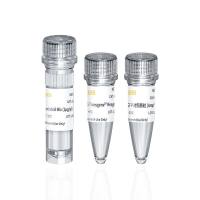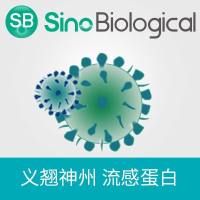Packaging Cell System for Lentivirus Vectors Preparation and Use
互联网
570
Packaging systems based on human immunodeficiency virus type 1 (HIV-1) can be used to transfer genes (both ex vivo and in vivo in experimental animals), with high efficiency into a wide variety of cell types including nondividing and terminally differentiated cells such as muscle and neuronal cells (1 –6 ). In this chapter, I begin with an overview of HIV-1 structure, genetics, and replication cycle, emphasizing those features essential for the creation of packaging systems based on HIV-1. Next, I describe the plasmid constructs for preparation of HIV-1 vector stocks, including some recent advances in the design of helper and gene transfer vectors. Finally, a detailed protocol for generation and testing of vectors is provided. Although HIV-1 is used as a prototype for other lentiviruses and there are many similarities between different viruses, there are also significant differences. The extensive knowledge base of HIV-1-based gene transfer systems can be readily adapted to develop gene transfer vectors based onother lentiviruses such as feline immunodeficiency virus (FIV; see Chapter 23 ). These other lentivirus vectors are likely to share many of the advantages of HIV-1 vectors. Because of space limitations, comparisons with other lentiviruses that highlight similarities or differences are not given. I recommend the excellent treatise on retroviruses (6a ) edited by J.M. Coffin, S.H. Hughes, and H.E. Varmus (CSHL,1997) for this purpose and to support many of the statements made in this introduction.









